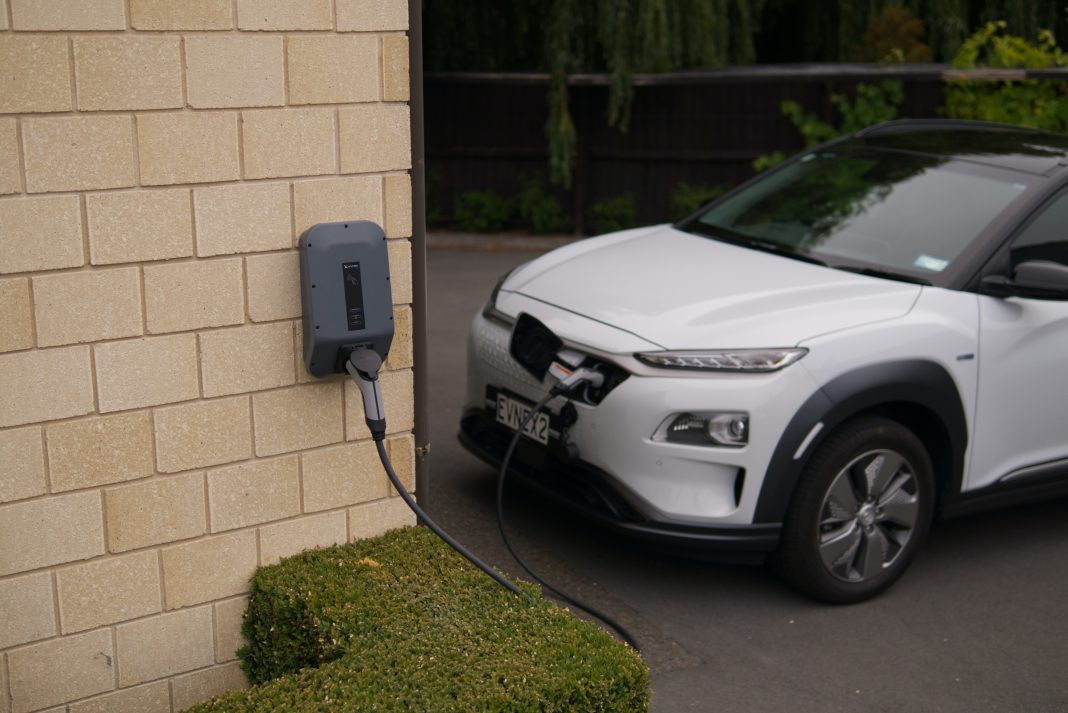Electric Vehicle Charging Requires Unity Among Key Partners
Interoperability of electric vehicle charging standards and infrastructure is seen as key to mass adoption.SAE International (SAEI) is proud to be a leader in connecting and training mobile engineering professionals to create safe, clean, and accessible mobility solutions. As the mobility industry continues to shift away from the internal combustion engine (ICE), SAEI is at the forefront of transportation work to advance mobility knowledge and solutions for the benefit of its employees. type.
SAEI is the recognized body for vehicle engineering standards, including the consensus development of the SAE J1772 TM AC/DC Combined Coupler Charging Standard – stabilizing and unifying the global market for devices. EV/PHEV manufacturer and pave the way for the future of global electric mobility. SAEI collaborated with 190 committee members representing all the major global electric vehicle companies in the development of this charging standard.
Through this partnership on a platform of industry collaboration, this open and collaborative standards-setting process is essential to advancing mobility solutions for electric vehicles. This unique solution enables interoperability with next-generation integrated charging solutions for electric vehicles.
In addition, SAE’s industry-neutral efforts support the design of electric vehicle charging public key infrastructure (PKI), an advanced electrified propulsion standard for the aviation industry, and numerous publications and institutions. professional development association. Many factors impact sustainability and serve as a center of excellence for solution development leading to sustainable mobility solutions.
Synonymous with mobile engineering, SAEI develops more media engineering standards than any other organization, offers the largest collection of media engineering content, and has the largest global network of engineers in the world. the earth.
About SAE International
SAE International (SAEI) is a global organization committed to advancing knowledge and mobility solutions for the benefit of humanity. By engaging nearly 200,000 engineers, technical experts, and volunteers, we connect and train mobility professionals to create safe, clean, and accessible mobility solutions. They act on two priorities which are to promote lifelong learning for mobility engineering professionals and sets standards for engineering in the industry. We strive for a better world through the work of the SAE Charitable Foundation, which includes award-winning programs such as A World In Motion® and Collegiate Design Series™.
Choreographed Robotic ADAS Tests Bridge The Gap Between Simulation And The Real World
ASI’s Swarming technology helps avoid collisions and other high-speed tests on vehicles that drivers have trouble performing. A company in Utah has developed a system that enables fully robotic ADAS testing on production vehicles as a solution to the dangers of testing such systems with drivers at high speeds. altitude and in real traffic conditions.
At the 2022 Autopilot Show in Novi, Michigan, ASI Automotive Product Manager Jed Judd talked about the system called Swarming and its Mobius control software. He said the company’s growth is a response to OEMs who have found that simulation testing alone is not enough for advanced ADAS. He also says that even professional drivers struggle to get through various test situations correctly due to what he calls a “significant bump factor” at high speeds. . Judd says Swarming technology allows multiple vehicles to create fully robotic scenarios to test multiple ADAS components simultaneously in a highly reproducible manner on the same test surfaces as those found. found in OEM testing facilities. These robotic vehicles – and tested OEM models – are monitored by Mobius software. So, for example, in a situation where there are two OEM vehicles traveling in separate lanes, an ASI robot-controlled car can simultaneously test the response when being “crossed” by a vehicle while passing other vehicles.
During most of the tests, Mobius steered the test car until it was at the right speed and in the right position. The software then transfers control to the ADAS-equipped vehicle under test. These scenarios can be imported directly from the simulation, allowing simulation results to be tested close to reality.
Why is this robotic approach an important choice? Robotic systems can match location simulations more accurately and repeatedly than human-driven vehicles, especially at high speeds. For example, in a simple test to determine the adaptive cruise control system’s response to active engagements, the vehicle-to-vehicle engagement distance decreased as speed increased. This is just another situation for a robot operator – but a human operator may be inadvertently trying to make it safer. This checks ADAS as a whole, not just individual components, says Judd. Any real test of ADAS requires a skilled professional driver. The robots are those professional drivers. The robot can also perform many tests without fatigue. fatigue, which increases test efficiency and allows the testing of endurance components simultaneously.
The “smart stop” feature allows Mobius to use inter-vehicle communication to stop all vehicles (including OEM test vehicles) safely in the event of a deviation from the test. parameters or become dangerous.
A May 2022 study by the AAA found that while driver assistance systems generally improve at slower speeds, “obvious” situations, such as a car suddenly stopping in front of a vehicle other conveniences, but more important progress is needed in more challenging situations, such as when the driver is in the wrong lane or the vehicle has to change lanes suddenly to expose the vehicle to a stationary vehicle.
According to ASI, the Mobius Swarming software can control up to 20 vehicles at the same time and is tested at 25-75 mph (40-120 km/h). The software can also combine multiple scenarios and switch to a new one with just one click. Judd said the company also has its own proof-of-base and is currently conducting testing in the “[SAE] L2-plus arena with a major OEM,” to validate ADAS production, adding that Swarming has ready to pass the test at SAE level 3 and higher.












